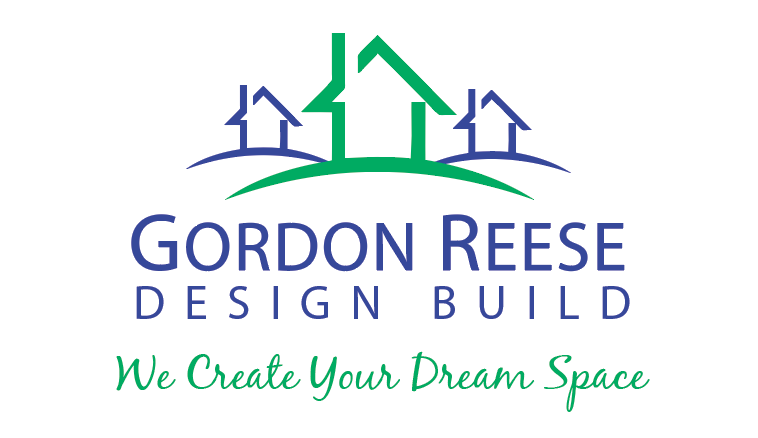The design-build approach is slowly rising in popularity, and more homeowners are choosing this method over traditional construction processes. We can certainly see why, as there is practically no shortage of benefits and advantages to the design-build delivery system.
However, the process of actually working with a design-build firm can be quite different, especially if you’ve yet to experience the design-build process yourself.
Thankfully, it’s not rocket science. Working with a design-build firm is just like working with any other designer, architect, and general contractor with just a couple of noticeable differences. Here are three simple steps to making this partnership work.
Contents
1. Multiple Meetings
 There will be a lot of meetings before construction takes place.
There will be a lot of meetings before construction takes place.
First, you have the initial meeting between client and contractor to establish the broader objectives, which include the goals, priorities, budget, pricing of the project, and more. Then, depending on the design-build company you’re working with, you could have one or two meetings after that to meet the designer and architect. These meetings will help establish the objectives and preferences specific to the design and construction portion of the project.
For renovating existing buildings, a field measurement meeting will likely take place to measure the base space. From there, expect two or three more meetings to finalize the details: cost versus budget, allowances, and changes, construction drawing approval, timeline discussions, final bid preparation, submissions, and approval. There’s just a lot that needs to settle and accomplish before everyone gets the go signal.
Rather than impatiently waiting for these meetings to blow over, use them to your advantage.
Use the initial meeting to clarify all questions regarding your vision, your objectives, and your budget. Use your meetings with the designer and architect to discuss their qualifications and ask for professional recommendations. Take the opportunity to ask about design fees and construction fees. Ask for a breakdown of costs, if you must. Use the field measurement meeting to ask for preliminary sketches, drawings, and budgets based on what you have to work with.
Remember; once renovation starts, any mistake, re-do, or change order request will be exponentially costly. Make use of these meetings to minimize misunderstandings and potential delays along the process.
2. Trust the Process
Design-build construction is definitively different from traditional construction.
Related Content: Design Build Contractor vs General Contractor: What’s the Difference?
As we’ve established in previous entries, the design-build approach delivers a cohesive, finished project via a team under one company and one contract. The designers and construction workers work together to achieve the intended results. Traditional construction methods, notably, the design-bid-build method, are the exact opposite. The project is delivered in stages by different designers and contractors from separate companies.
Since the design-build approach is so flexible, different companies may have different processes. One firm might bill separately for the design phase and the construction phase, the other might bill for the entire project, from consultation to completion. Some firms might also allow you to use their design plans with another contractor, essentially terminating your contract before the actual “build” phase. Other companies might even have “locked-in” contract policies.
The point of the matter is that different companies will have different design-build process steps. The best way to work with the firm you choose is to trust the process. You must have picked design-build for its numerous advantages such as total accountability, continuity, time-efficiency, cost-efficiency, faster project delivery, and a lot more.
Related Content: A Quick Guide to Understanding the Design Build Process
As long as you’re working with a reputable design-build business, rest assured you will benefit from these advantages regardless of the firm’s specific project delivery process.
3. Involvement is Not Equal to Micromanaging
 Aside from the advantages we listed earlier, one of the features of design-build that really sells people is the freedom it gives. Since you have a whole team working on your project from start to finish, you can afford to be very hands-off about the entire thing should you choose to be.
Aside from the advantages we listed earlier, one of the features of design-build that really sells people is the freedom it gives. Since you have a whole team working on your project from start to finish, you can afford to be very hands-off about the entire thing should you choose to be.
However, involvement is still crucial because it is still your project. It’s your home they’re working on, and if you want to avoid any unpleasant surprises? You need to keep yourself updated on everything.
So, stay involved. Ask for updates and clarifications every day or every other day when you’re genuinely confused. Listen to your point person when they have legitimate concerns, questions, or news to report on, and give your honest input when prompted. Don’t be afraid to be blunt and voice your anxieties, if you have any.
This doesn’t mean you need to micromanage, though. Trust that the professional contractors know what they’re doing and that they’ll turn to you immediately once any issue (that you can help with) arises. Be present in your project, but don’t force yourself in areas you don’t understand.
At the end of the day, working with a design-build firm isn’t that much different from working with a general contractor or a home designer. The basics of respect, communication, and mutual understanding are still there. As long as you and the contractors know what to expect of each other, chances of success will be quite high.

Recent Comments